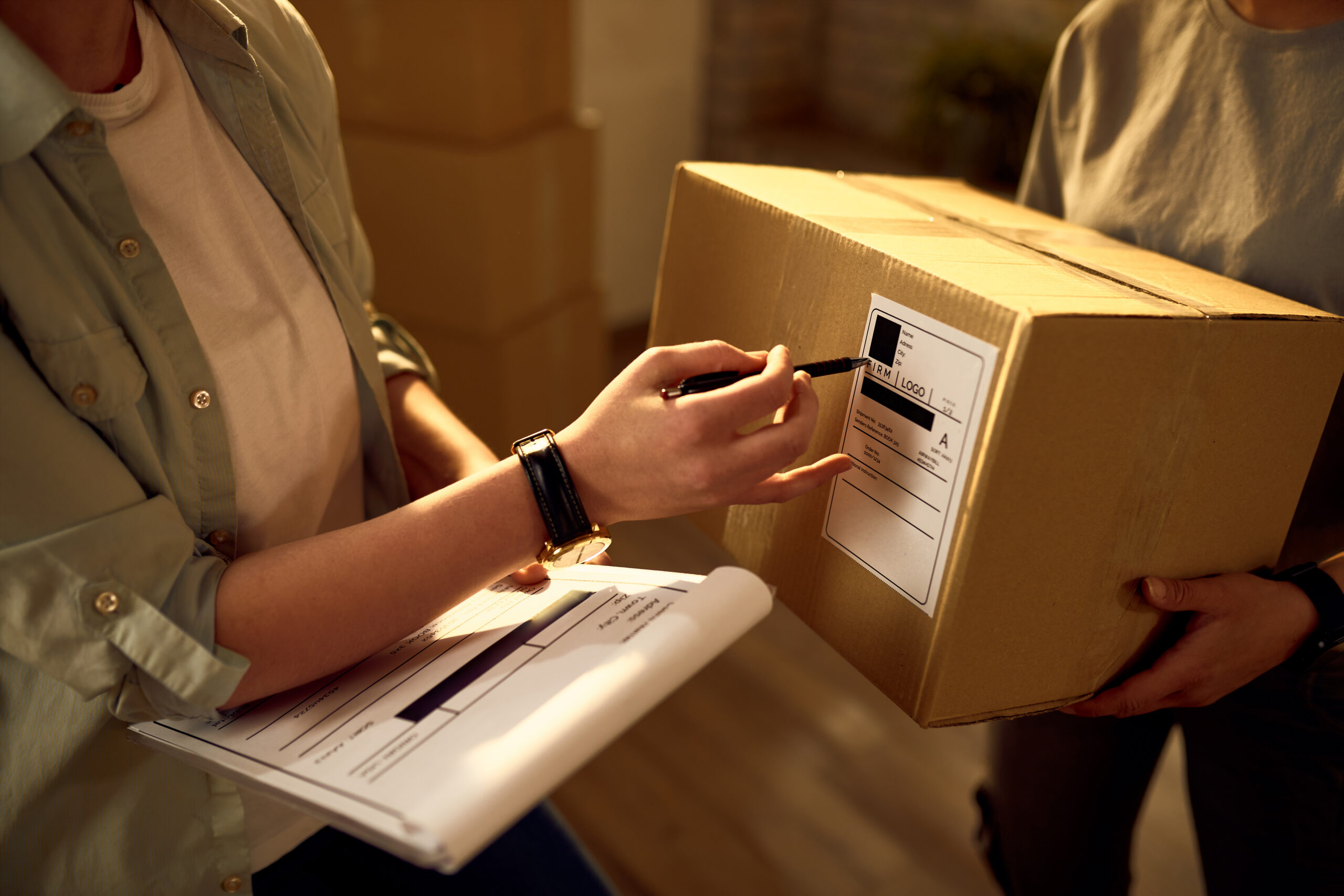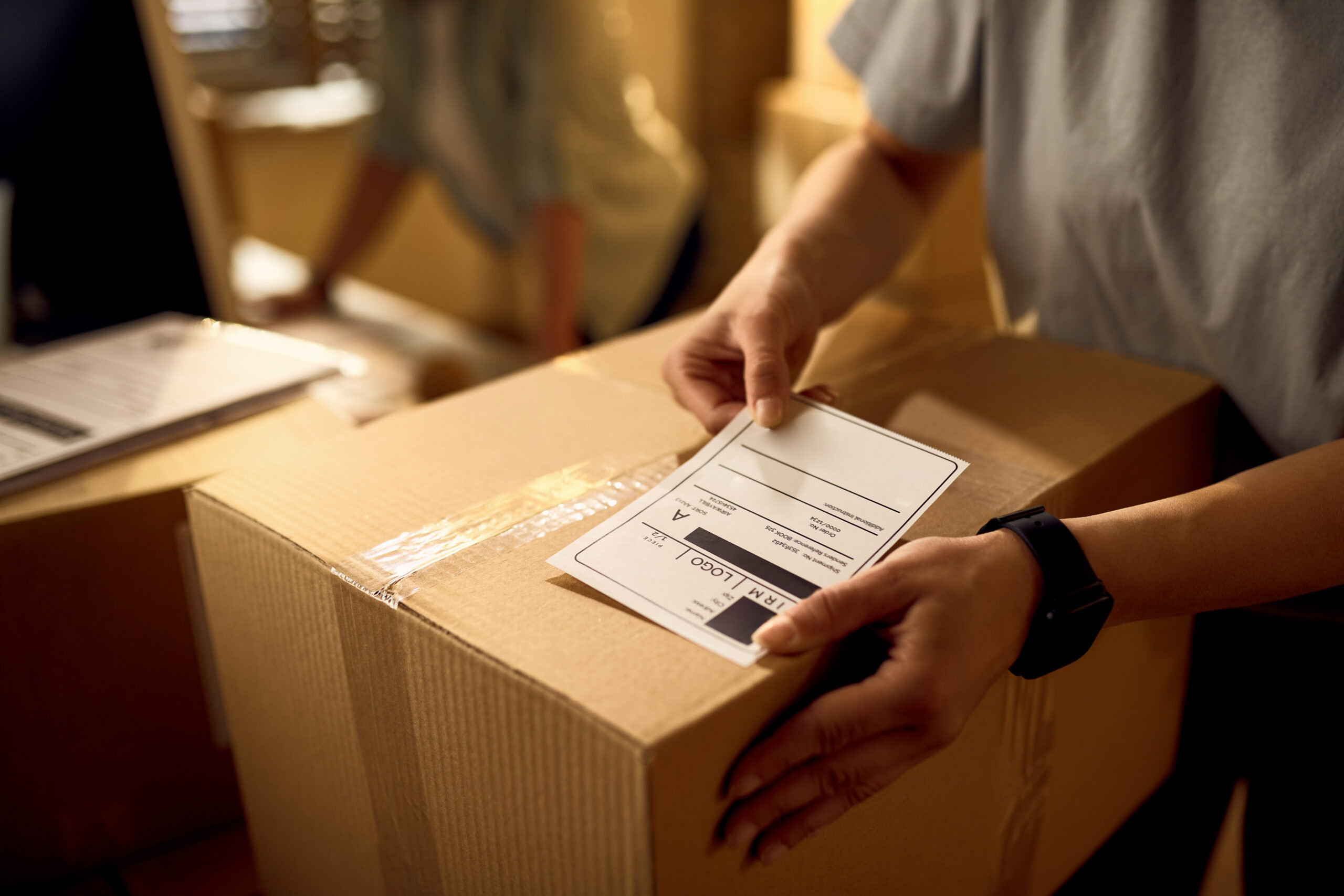Seller Fulfilled Prime (SFP) allows sellers to deliver directly to domestic Prime customers from their own warehouse. Displaying the Prime badge on their product listings, sellers commit to fulfilling orders with two-day delivery at no additional charge for Prime customers. Amazon provides access to the most expeditious transportation solutions to help SFP sellers maintain the rigorous standards of the Prime customer experience. Seller Fulfilled Prime programs are ideal for experienced Amazon sellers, who want to fulfill their orders from their own warehouses, or sellers who want to partner with or already partner with 3PL service providers for their other multichannel fulfillment operations.
When Amazon is accepting SFP vendors, the SFP process involves 5 steps for the sellers:
- Qualify for Seller Fulfilled Prime and complete the trial period
- Store inventory in your own warehouse or your fulfillment partner’s distribution centers
- Process orders and buy shipping labels from approved carriers
- Pick, pack, and ship orders the same day
- Seller Fulfilled Prime vendors collect and deliver orders in two days to customers
Qualifying For SFP
Pretty straightforward but the SFP program comes with some rigid qualifications, such as:
- Offering premium shipping options
- Shipping over 99% of your orders on time
- Maintaining an order cancellation rate of less than 0.5%
- Using Amazon Buy Shipping Services for at least 99% of orders
- Providing nationwide delivery coverage for all standard size products
- Using shipping methods that support weekend delivery and pick up on Saturday or Sunday
- Meeting targets for 1-day and 2-day delivery promises
- Delivering orders with Amazon’s supported Seller Fulfilled Prime carriers
- Agreeing to Amazon’s returns policy
- Allowing Amazon to deal with customer service inquiries
The Trial Period
The SFP trial period for sellers ranges from as little as five days to as many as 90 days, depending on how long it takes the seller to satisfy the performance requirements. If the seller fails to fulfill 200 eligible Prime trial orders within 90 days, the trial period automatically resets and the seller must start over.
What are the PROS of the Seller Fulfilled Prime program?
- Extends your reach
The Prime badge is a seller’s ticket to Amazon’s loyal Prime member customer base of over 200 million subscribers. Prime offerings open your business up to more visibility, so more customers can discover your store and products. It truly is a badge of honor. - Gives you an edge on the competition
Listing your products as Seller Fulfilled Prime increases your chances of winning the “Buy Box.” Featured offers mean that when customers click on “Add to Basket,” their default option is to buy the product. - FREE two-day delivery guarantee
Offering guaranteed delivery dates of two days or less with no shipping fees as an SFP seller appeals to Prime customers who will likely make repeated future purchases. - More control over inventory
Sellers maintain their own inventories so they can keep better control over their inventory. Plus, sellers don’t have to follow Amazon’s Fulfillment by Amazon (FBA) regulations, incurring restrictions and extra fees for slow-moving products. Sellers may, however, want to harness the power of a 3PL’s advanced inventory management technology to forecast demand and analyze other inventory metrics that help maintain a healthy inventory.
What Are The CONS Of Becoming A Seller Fulfilled Prime Vendor?
- The trial period
During the trial period, sellers cannot display the Prime badge, however, SFP orders still need to be processed with a zero-day handling time and delivered within two days with free shipping. If sellers have to start the trial period over, this could incur additional shipping costs. - Keeping up with Amazon’s strict SFP requirements
Amazon’s stringent requirements for its SFP program are challenging to maintain. When the seller’s performance level fails to meet Amazon’s metrics for SFP, even once, Amazon will remove the Prime badge. - Tighter restrictions may make SFP prohibitive for some vendors
Stricter requirements on delivery times may make SFP prohibitive for some sellers. As of June 1, 2021, Amazon started requiring SFP vendors to guarantee two-day delivery to any place in the US. Previously, due to the pandemic, Amazon allowed their SFP vendors to offer one-day and two-day deliveries to customers close to the SFP vendors’ locations. Guaranteeing two-day deliveries across the country is just not feasible sometimes, especially now, with the current state of global supply chain delays, due to the pandemic. To offset these requirements, SFP vendors can partner with reputable 3PL fulfillment companies, such as Phase V Fulfillment, with strategically located warehouses on both the east and west coasts to guarantee two-day delivery times. - Storing and shipping
Even though SFP vendors will save money on FBA fees and Amazon storage fees, SFP means that sellers have to store and ship their own inventory. For most e-commerce vendors, leasing a warehouse and staffing it adds a significant amount of overhead that can wipe out profit margins in addition to derailing growth potential. These circumstances lead more than 60% of e-commerce companies to partner with a 3PL service provider for e-commerce fulfillment to save money and time keeping the seller’s company on an upward and forward trajectory. - Managing customer returns
While Amazon provides customer service for SFP vendor accounts, SFP vendors are responsible for managing their own returns. This can present challenges if the seller doesn’t have the space or a system in place to process returns. 3PL service providers, such as Phase V, have systems in place to process returns and exchanges.
Is SFP Better Suited To Certain Types Of Products?
- Amazon’s SFP program works well for:
- Luxury and high-priced items
- Seasonal products
- Products where demand is unpredictable
- Items that are slow movers by Amazon’s standards
- Products that require special preparation or handling
How Does SFP Compare With Fulfillment By Merchant (FBM)?
Like with SFP, Fulfillment by Merchant gives the seller control over their inventory but this also means the seller is responsible for warehousing their inventory as well as picking, packing, and shipping their orders. FBM sellers have the option to partner with a 3PL who can handle the warehousing, picking, packing, shipping, returns, and customer service on their behalf – which provides the best of both worlds for many. FBM is a popular choice when sellers are just starting out on Amazon because they get to take advantage of selling on the very busy site without the pressure of having to fulfill orders quickly, they get access to Amazon customers without the fees paid by FBA members, they retain greater control of their business, and they don’t have to keep up with the ever-changing FBA requirements set forth by Amazon.
Unlike with SFP, there is not a strict timeline in which orders must go out but FBM sellers cannot display the Prime badge reducing the number of buyers who will see their listings. For many, not having Prime-eligible products is the biggest downside to FBM. FBM is also fee-based (referral fees, monthly subscription fees, and a fee for each item sold) which can add up pretty fast.
The Differences In FBA And SFP
Fulfillment by Amazon (FBA) presents another opportunity for busy business owners to get out of warehousing and fulfilling their own orders but it comes at a premium.



